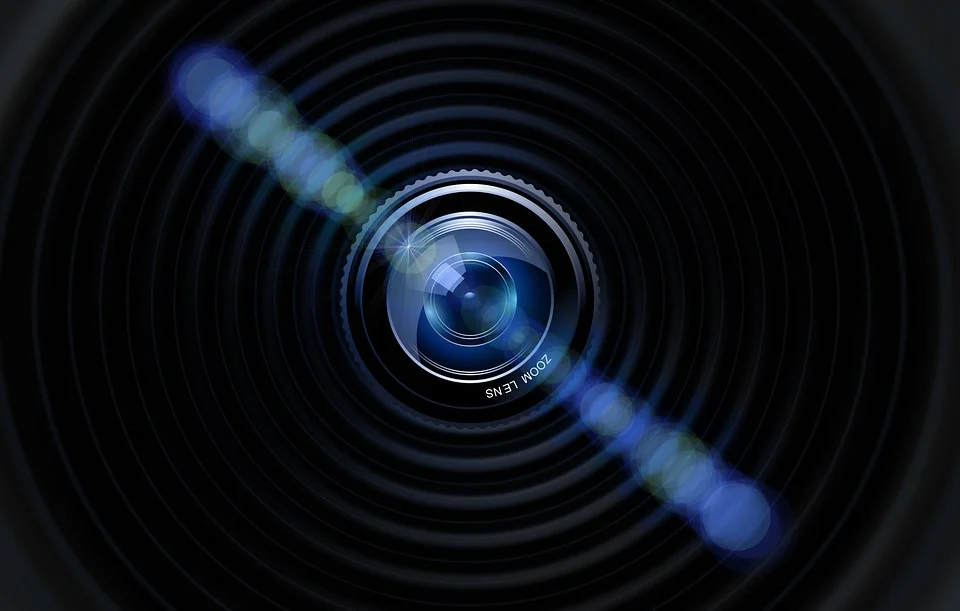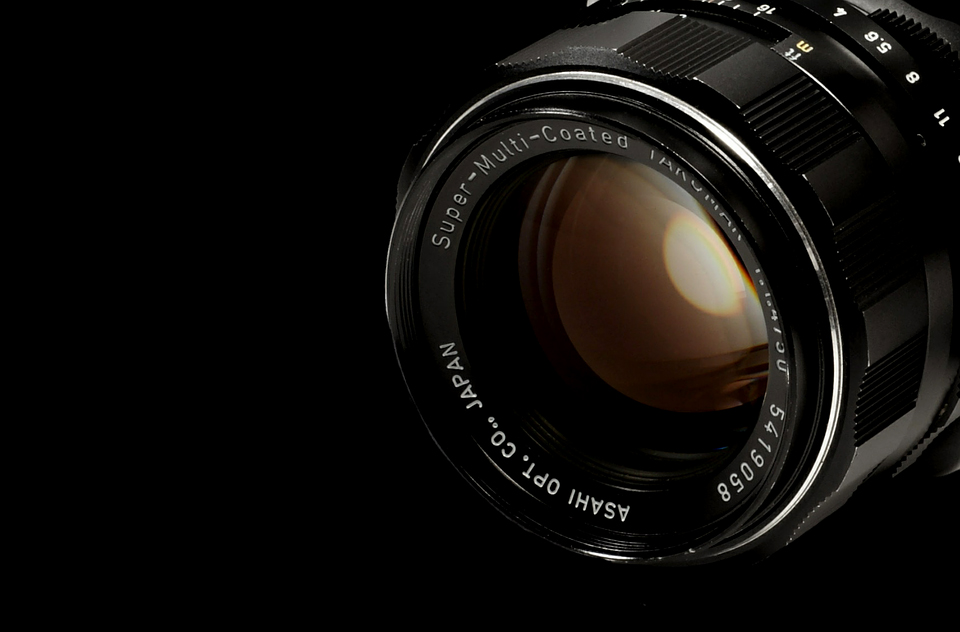Ultrafast Camera’s Move to 3-D: 100 Billion Frames a Second of Progress

There are those who spend much of their careers working hard to provide the world with faster and faster cameras. Caltech’s Lihong Wang is an exceptional case, as he has helped develop technology of a camera so blindingly fast, that it can reach up to 70 trillion frames per second. To put that into perspective, it is a level of speed where you can (finally) see light travel.
It is a mind-boggling achievement, though one of the caveats was that – much like current smartphones – the camera can only produce 2D images. It was coined CUP, standing for compressed ultrafast photography cameras. You would think that it would be enough for most people, but for the Bren Professor of Medical Engineering and Electrical Engineering in the Andrew and Peggy Cherng Department of Medical Engineering, it seemed to only be the tip of the iceberg.
An ever-evolving passion
Developing a CUP camera that can reach up to 70 trillion frames per second is undoubtedly a milestone accomplishment, and one that will be challenging to top. That said, Lihong Wang was looking into the one potential weakness of the ultrafast camera, which is a lack of images showcasing three dimensions.
Making use of the same framework as the previous ultrafast camera, Wang set to work on providing a means of translating the images into 3-D, and he succeeded through the camera he calls the single-shot stereo-polarimetric compressed ultrafast photography, or SP-CUP for short.
An eye for perfection
The reason why we can perceive everything the way we do is because of the way our two eyes essentially merge to give us a sense of depth perception. The previous CUP camera was capable of capturing all 70 trillion frames in a single frame without missing a step, undoubtedly the quickest camera of its time. In the case of the SP-CUP, some changes were made to help the camera see things the way that humans do.

With two eyes, we perceive objects at different distances due to the angle of which our eyes can see objects. Regarding the effect, Wang had this to say: “The camera is stereo now. We have one lens, but it functions as two halves that provide two views with an offset. Two channels mimic our eyes.”
The ability to see polarization
Put simply, the polarization of light is the direction which light waves vibrate. It is not something the human eye can perceive, and light typically vibrates from every direction – though the direction can be affected through natural means. SP-CUP’s technology is such that it can detect the polarization of light waves while simultaneously capturing 3-D imagery.
In the context of current scientific problems, the new ultrafast camera comes as something of a revelation, as its combined features can shed some light on certain issues and potentially answer age-old scientific questions. Wang is likely not to rest on his laurels, however; you can expect him to continue pushing the technology as far as it can go.